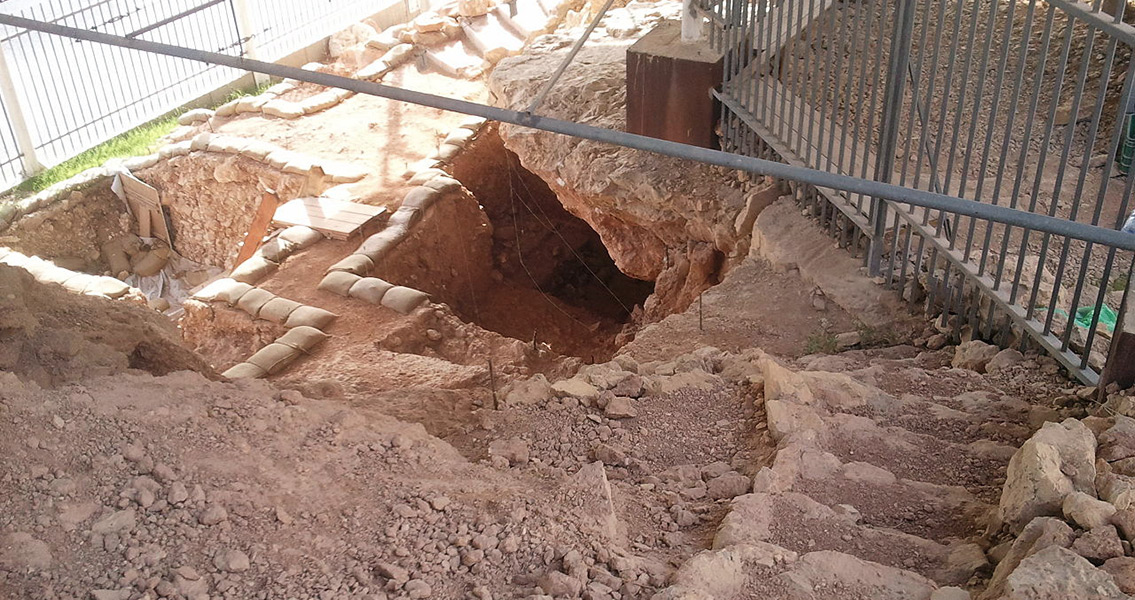<![CDATA[Teeth from Paleolithic people found in an Israeli cave have been found to bear traces of pollution originating from indoor cooking. The evidence was found in the plaque of the remarkably well preserved teeth that date back 400,000 years, media report. This is the earliest instance of environmental pollution resulting from human actions, the authors of the research claim. The international team, led by two scientists from Tel Aviv University, examined teeth found in the Quesem Cave near Jerusalem, a place that had remained sealed for 200,000 years. One of the lead researchers, Avi Gopher, told the American Friends of TAU website that such ancient teeth have never before been examined for plaque because of the considerable possibility that nothing of interest would be preserved after so many centuries. However, due to the fact the cave was sealed for so long, the researchers could find traces of a number of substances, including charcoal and plant fibres. The other lead of the study, Ran Barkai, called the cave a time capsule that has now yielded a wealth of interesting information about early Paleolithic people’s lifestyle. The charcoal traces, for instance, most likely came from roasting meat in the cave and doing this on a daily basis. In the plaque there were also plant traces (starch and essential fatty acids) that probably came from seeds or nuts, demonstrating that our ancient ancestors seem to have had a pretty balanced diet. Moreover, the plant fibres found in the calculus suggest those living in the cave may have been in the habit of cleaning their teeth. While the plant traces speak of a healthy diet, the charcoal accumulations were probably inhaled on a regular basis by the cave’s inhabitants and may have well had an adverse effect on their health. Ran Barkai told AFTAU that this is perhaps the earliest evidence of a link between human progress and pollution, noting that while on the one hand progress is largely driven by the mastery of technology, including controlling fire, it has unavoidable adverse side effects, such as in this case inhaling pollutants. Barkai added that scientists had already established, based on evidence from the cave, that the people at the time knew how to make the best possible use of the animals they hunted, not just for food and clothing but even for tools made from their bones: it seems that the cave's inhabitants used hammers made from animal bones to fashion stone tools. The Quesem Cave is also, unsurprisingly, the site of the oldest known hearth, which was only unearthed last year. Interestingly, the discovery of the teeth five years ago sparked speculation about the species of the cave's inhabitants. Some media took the resemblance of the teeth’s structure to those of later modern men to mean that modern humans lived outside Africa much earlier than thought. However, a 2014 report by National Geographic, detailing the find of the hearth, quoted professor Barkai as saying that the inhabitants of the Quesem Cave were different from Homo erectus, but had similarities with both Homo sapiens and Neanderthals, perhaps providing further evidence of interbreeding among hominin species. Image courtesy of Wikimedia Commons user: 66AVI]]>
Earliest Evidence of Manmade Pollution Found
